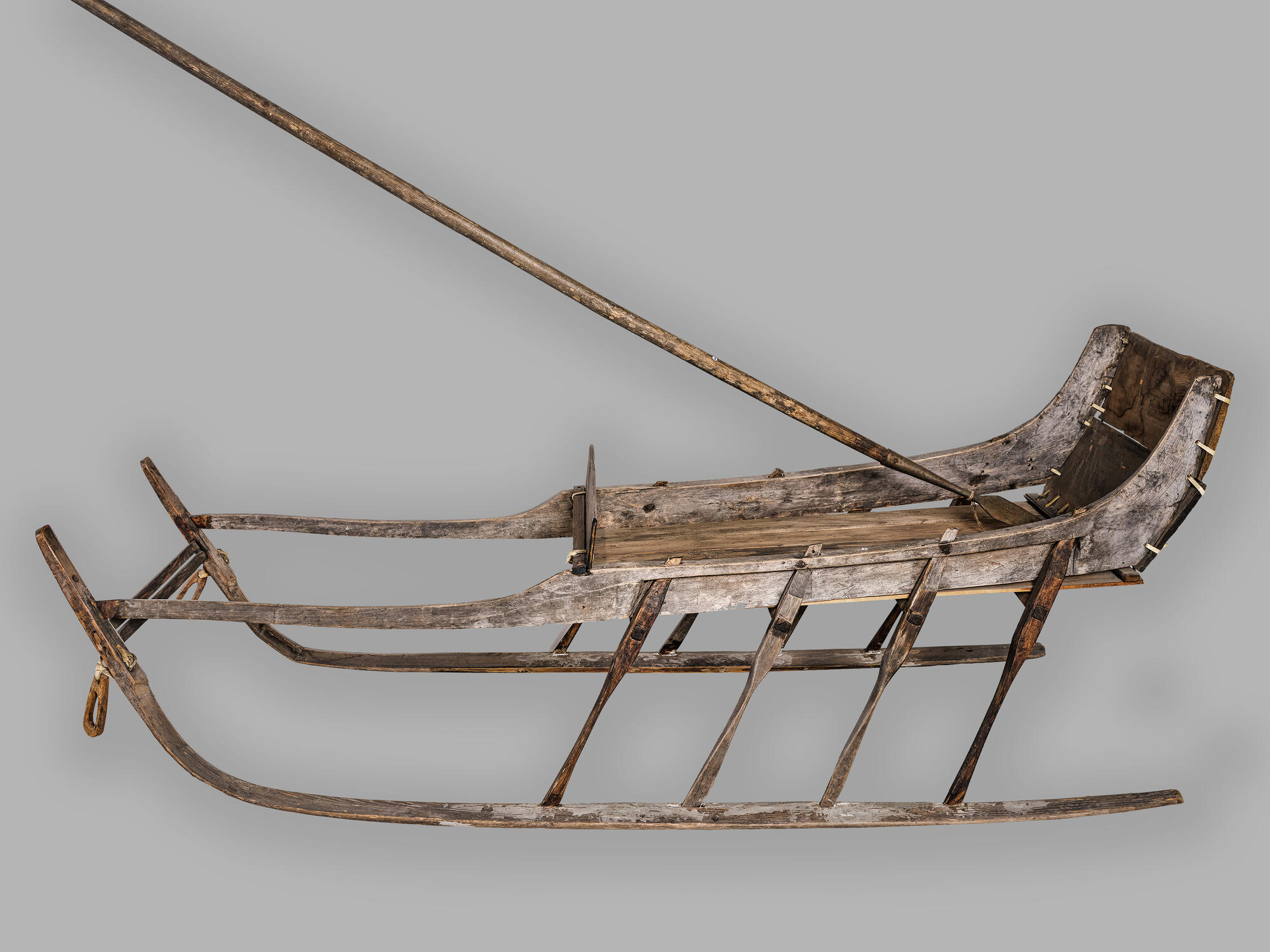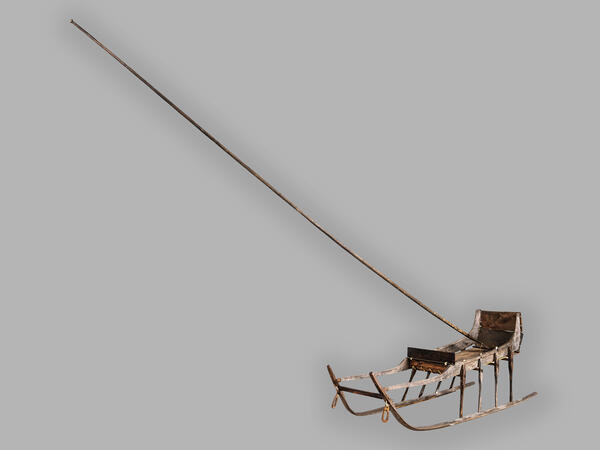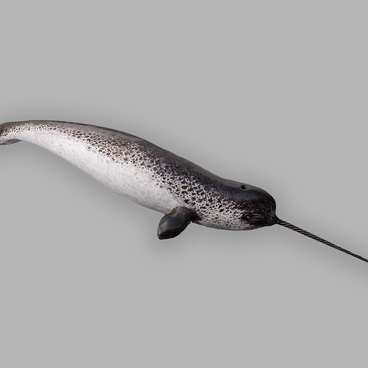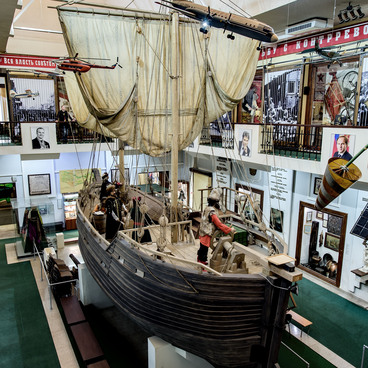Narty are traditional wooden sleighs of northern peoples. They are harnessed with sled dogs, reindeer or pulled manually. In the 21st century, narty can be used as a trailer to a snowmobile. They are the necessary form of transport for nomadic reindeer herders, who constantly move around the taiga and tundra in search of new pastures for the herd and carry all their belongings with them. Nenets people — the most numerous indigenous people of the Russian North — have been using narty since ancient times.
There are mens’ and womens’ narty, as well as cargo and sacred ones. Northern sleighs were also used in hunting and warfare for pursuit or swift attack. A reindeer sleigh could reach speeds of up to 35 kilometers per hour. Northern peoples of Russia invented a narty chum, a winter mobile dwelling on reindeer sleighs, made of a frame, skins and sailcloth, with windows and an iron furnace.
Wooden poles and a cloth made of sewn reindeer skins for a real chum were transported on special long narty. Women’s sleighs had a back and a canopy that could be set up in bad weather and cover a baby. Idols and other religious items were ceremonially transported in sacred sleds.
Men were engaged in making sleighs all the year round. Narty were made only of well-dried wood, the type of which depended on the type of sleighs. The parts for skids were heated over a fire and bent to the required condition, then fixed with a rope and left to cool down completely. Some peoples upholstered the skids with baleen, and the spurs for connecting them were carved from reindeer antlers.
A reindeer relay was driven by reins and a long pole with a ball or iron tip — a khorei. It was made of birch wood and could be up to five meters long. The reins are a part of the harness, consisting of a long strap or a thick braid, which was attached to the reindeer’s headstall. Different peoples sat in the narty in different ways: Nenets, Enets and Nganasans sat in the narty on the left side, holding the khorei with their right hand and the reins with their left.
These are women’s narty — recognizable by their
size and the backrest on which a woman with a baby in her arms could lean.




